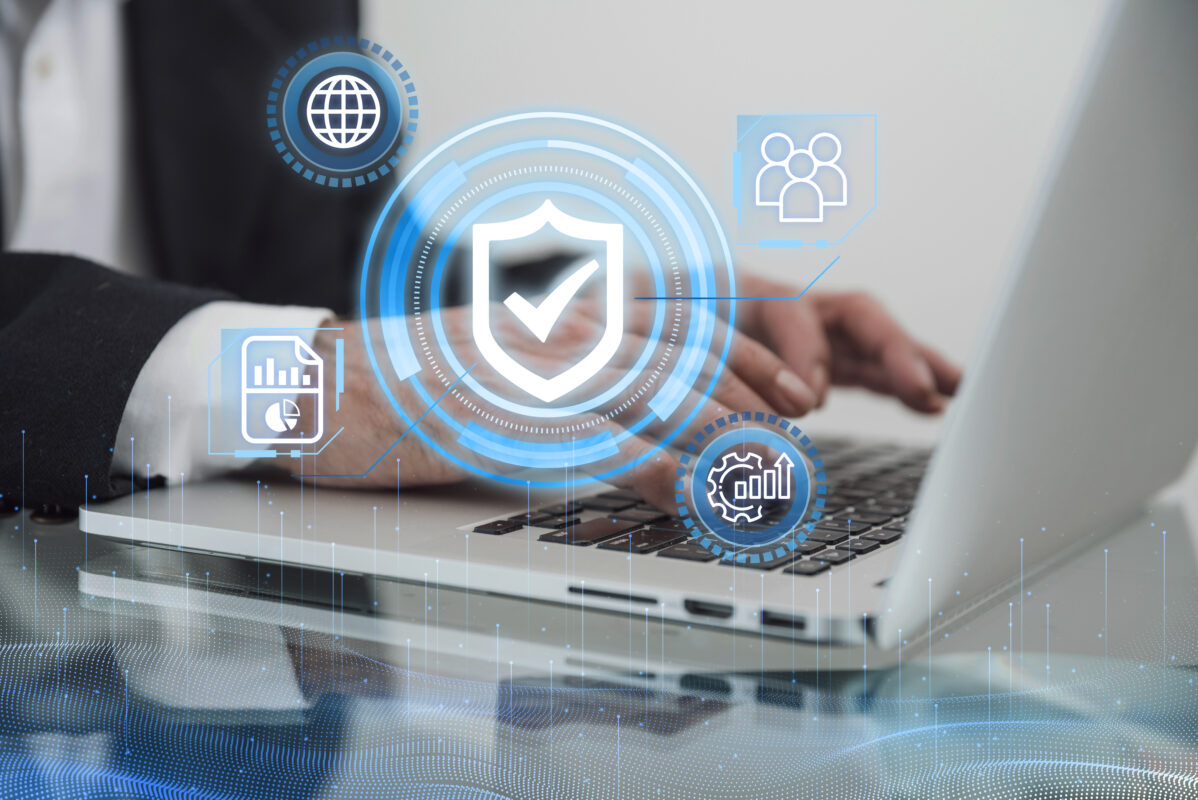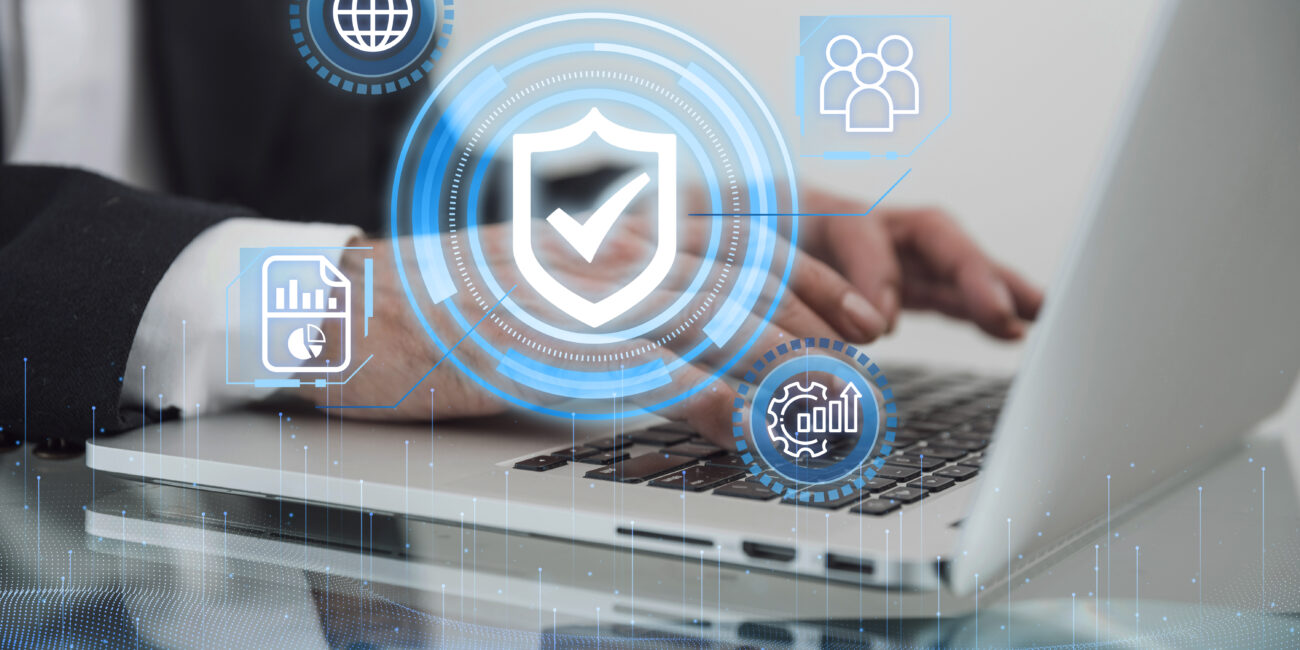Guide to Managing Sensitive Assets

Table of Contents
Safeguarding sensitive assets is critical to maintaining organizational security and integrity. These assets, ranging from confidential data to network systems, require specialized protection to prevent unauthorized access and potential security breaches.
Key Strategies for Effective Asset Management and Protection
Conduct Regular Audits
The strength of an organization’s security is defined by its weakest point. Conducting periodic audits helps identify vulnerabilities in asset management and security protocols. Evaluate the effectiveness of current security measures and pinpoint areas that need improvement. A dedicated audit team should assess risks and report findings to senior management to enhance security strategies.
Prevent Accidental Loss
Unintentional loss of sensitive assets poses a significant risk. Implementing the Key Management System ensures accountability by tracking who accesses the system and when. This automated monitoring minimizes the chances of assets being misplaced or misused.
Mitigate Internal Threats
Security threats can arise internally, particularly from employees with malicious intent. The Key Management System helps monitor asset usage, making it easier to detect suspicious activity and prevent unauthorized disclosures.
Strengthen Physical Security
Although security personnel play a vital role in asset protection, human errors—especially during late-night shifts—can compromise safety. Integrating Key Management System and Smart Lockers respectively into your security infrastructure adds an extra layer of protection, reducing reliance on manual oversight.
Enhance Digital Security
Identify vulnerabilities in your digital systems that could be exploited by unauthorized individuals. Key Management System and Smart Lockers enhance digital security by offering multi-factor authentication methods, including card readers and biometric fingerprint access. Automating security processes further minimizes human error, particularly outside regular business hours.
The Cost of Complacency
Failure to safeguard sensitive assets can lead to severe consequences, including financial loss, reputational damage, and security breaches. Industries such as businesses, data centers, government, retail, banking, and manufacturing plants must prioritize strong asset management to mitigate risks effectively.
Robust security measures, continuous monitoring, and proactive management are essential to prevent security breaches. Organizations handling high-risk assets must implement stringent security protocols to adapt to evolving industry challenges.
Frequently Asked Questions (FAQs)
What are Sensitive Assets?
Sensitive assets encompass important documents and physical keys that require stringent security measures to prevent unauthorized access or misuse. These assets are critical to business operations and data confidentiality.
What is the role of Technology in Sensitive Asset Management?
Technological advancements have transformed asset management by improving efficiency, security, and compliance. Automated systems help minimize human errors, enhance security protocols, and optimize asset tracking.
Smart solutions not only respond to risks but can predict and prevent them, offering detailed audit trails to help identify process vulnerabilities.
Share:
The Importance of Key Management
Keys are vital assets within any organization, playing a crucial role in maintaining security and op
Smart lockers provide an innovative solution for secure storage across various industries. However,
Guide to Managing Sensitive Assets
Safeguarding sensitive assets is critical to maintaining organizational security and integrity. Thes
Receive expert insights directly to your inbox.
Receive the latest articles, guides, and case studies on workplace safety in your inbox.
We respect your privacy. Meclix Mechatronix uses your information to send relevant updates. You can unsubscribe anytime. For more information, visit our Privacy Policy.



